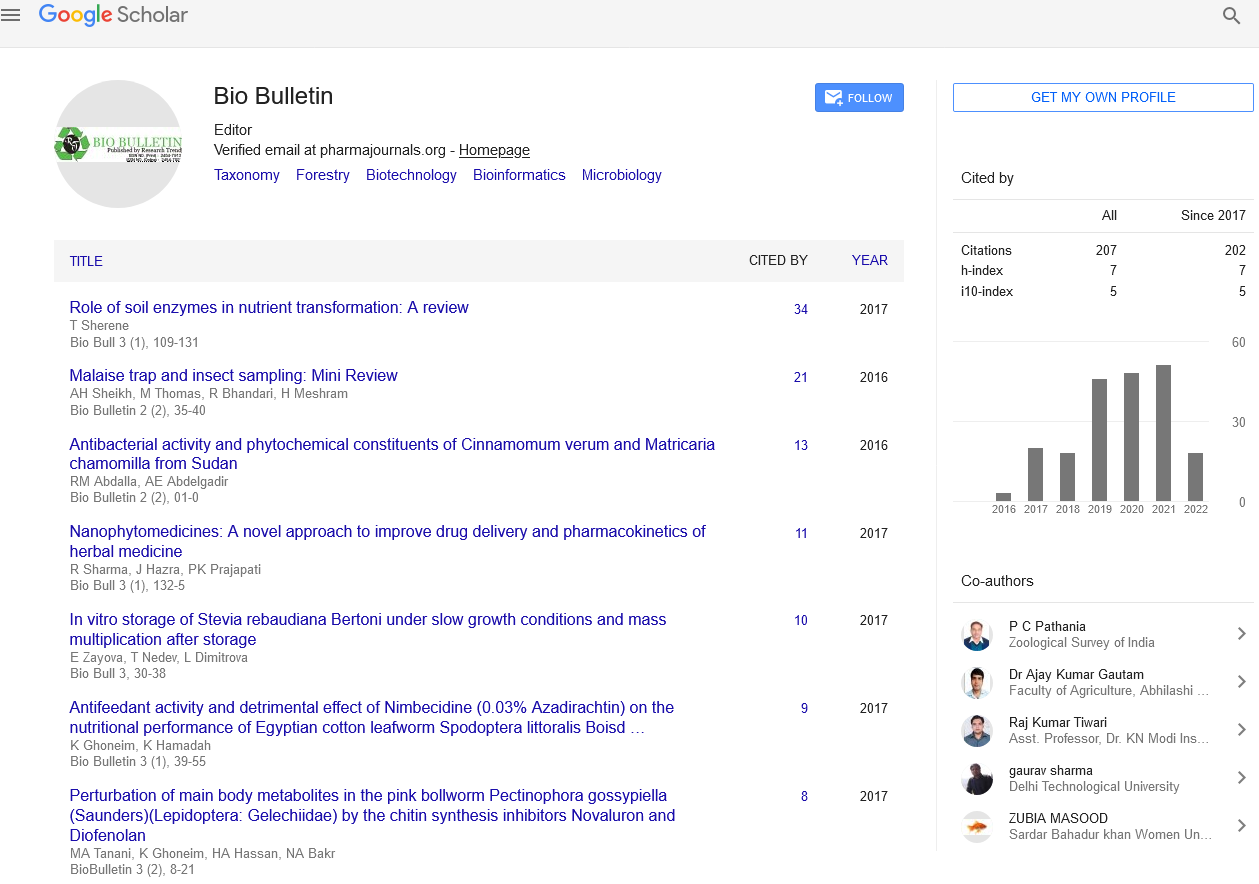Plasma Membrane Composition Difference in Plants and Animals
Perspective - (2022) Volume 8, Issue 1
Abstract
http://www.environmentjournals.com/
http://www.eventsupporting.org/
http://www.escientificreviews.com/
http://www.openaccesspublications.com/
http://www.imedpub.org/
http://www.jpeerreview.com/
http://www.escientificres.com/
http://www.scholarlyjournals.org/
http://www.eclinicaljournals.com/
http://www.scischolarsjournal.com/
http://www.intlscholarsjournal.com/
http://www.scholarsresjournal.com/
http://www.sysrevpharma.org/
http://www.environjournal.com/
http://www.jpeerres.com/
http://www.managjournal.org/
http://www.emedicalhub.org/
http://www.biomedresj.org/
http://www.aaccongress.com/
http://www.eclinicalres.org/
http://www.scholarlymed.com/
http://www.eclinicalres.com/
http://www.theresearchpub.com/
http://www.imedpubscholars.com/
http://www.scholarcentral.org/
http://www.journalpublications.org/
http://www.scholarlypub.com/
http://www.imedpublishing.org/
http://www.emedsci.com/
http://www.longdomjournals.org/
http://www.longdomjournal.org/
http://www.emedicalcentral.com/
http://www.lexisjournal.com/
http://www.geneticjournals.com/
http://www.scitecjournals.com/
http://www.microbialjournals.org/
http://www.engjournals.org/
http://www.eneurologyjournals.com/
http://www.pulsusjournal.org/
http://www.biochemjournal.org/
http://www.epharmacentral.com/
http://www.eclinicalsci.com/
http://www.eclinicalcentral.com/
http://www.eclinmed.com/
http://www.jopenaccess.org/
http://www.peerreviewedjournals.com/
http://www.immunologyjournals.com/
http://www.neurologyjournals.org/
http://www.clinicalmedicaljournals.com/
http://www.molecularbiologyjournals.com/
http://www.geneticsjournals.com/
http://www.biochemistryjournals.org/
http://www.psychiatryjournals.org/
http://www.pharmajournals.org/
http://www.alliedresearch.org/
http://www.medicalres.org/
http://www.medicalresjournals.com/
http://www.alliedsciences.org/
http://www.pediatricsjournals.org/
http://www.oncologyinsights.org/
Description
The plasma membrane, like all other cellular membranes, is made up of both lipids and proteins. The phospholipid bilayer, which forms a durable barrier between two aqueous compartments, is the membrane's basic structure. These compartments are the inside and outside of the cell in the case of the plasma membrane. The plasma membrane's particular tasks, such as selective molecular transport and cell-cell identification, are carried out by proteins embedded inside the phospholipid bilayer.
The bilayer of phospholipids
The plasma membrane is the most well studied of all cell membranes, and present understanding of membrane structure is primarily based on research into the plasma membrane. Mammalian red blood cells (erythrocytes) plasma membranes have proven to be an excellent model for studying membrane structure because mammalian red blood cells lack nuclei and internal membranes; they provide a convenient source of pure plasma membranes for biochemical study. Indeed, studies of the plasma membrane of red blood cells were the first to show that biological membranes are made up of lipid bilayers. Two scientists collected membrane lipids from a known number of red blood cells with a given plasma membrane surface area, the surface area occupied by a monolayer of the extracted lipid spread out at an air-water interface was then calculated, the lipid monolayer's surface area was found to be double that of the erythrocyte plasma membranes, indicating that the membranes were made up of lipid bilayers rather than monolayers.
In high-magnification electron micrographs, the bilayer structure of the erythrocyte plasma membrane is plainly visible. The plasma membrane appears as two dense lines separated by a gap, a morphology known as "railroad track." The dark lines in this image are caused by the electron-dense heavy metals employed as stains in transmission electron microscopy attaching to the polar head groups of the phospholipids. The lightly pigmented internal section of the membrane, which includes the hydrophobic fatty acid chains, separates these thick lines.
Phosphatidylcholine, phosphatidylethanolamine, phosphatidylserine, and sphingomyelin are the four primary phospholipids found in animal cell plasma membranes, accounting for more than half of the lipid in most membranes. The phospholipids are distributed asymmetrically between the membrane bilayer's two halves; the outer leaflet of the plasma membrane is mostly made up of phosphatidylcholine and sphingomyelin, while the inner leaflet is mostly made up of phosphatidylethanolamine and phosphatidylserine. Phosphatidylinositol, a fifth phospholipid, is also found in the inner half of the plasma membrane. Although phosphatidylinositol is a tiny component of the membrane, it serves a critical role in cell signalling, both phosphatidylserine and phosphatidylinositol have negatively charged head groups, therefore their prevalence in the inner leaflet results in a net negative charge on the plasma membrane's cytosolic face. The plasma membrane's lipid components are Phosphatidylcholine, sphingomyelin, and glycolipids make up the outer leaflet, while phosphatidylethanolamine, phosphatidylserine, and phosphatidylinositol make up the interior leaflet.
Animal cell plasma membranes also include glycolipids and cholesterol in addition to phospholipids. The glycolipids are only found in the plasma membrane's outer leaflet, with their carbohydrate parts exposed on the cell surface. They are modest membrane constituents, accounting for just around 2% of the lipids in most plasma membranes. Cholesterol, on the other hand, is a key membrane constituent of mammalian cells, with molar levels about equal to phospholipids.
Membrane function is dependent on two general characteristics of phospholipid bilayers. The basic function of membranes as barriers between two aqueous compartments is first and foremost due to the structure of phospholipids. The membrane is impermeable to water-soluble molecules, such as ions and most biological molecules, since the inside of the phospholipid bilayer is occupied by hydrophobic fatty acid chains. Second, naturally occurring phospholipid bilayers are viscous fluids rather than solids, most natural phospholipids include one or more double bonds in their fatty acids, which cause bends in the hydrocarbon chains and make packing them together problematic. As a result of the lengthy hydrocarbon chains of the fatty acids moving freely within the membrane, the membrane is soft and flexible. Furthermore, both phospholipids and proteins are free to migrate laterally within the membrane, which is an important characteristic for many membrane functions.
Cholesterol plays a unique role in membrane construction due to its tight ring shape; it has different impacts on membrane fluidity depending on the temperature. Cholesterol obstructs the mobility of the phospholipid fatty acid chains at high temperatures, making the outer region of the membrane less fluid and lowering its permeability to tiny molecules; On the other hand it has the opposite impact at low temperatures; It prevents membranes from freezing and preserves membrane fluidity by interfering with fatty acid chain interactions. Although cholesterol is not found in bacteria, it is a necessary component of the plasma membranes of mammalian cells. Plant cells lack cholesterol as well, but they do have comparable chemicals (sterols) that serve the same purpose.
Author Info
Nathalie Clara*Citation: Clara N (2022) Plasma Membrane Composition Difference in Plants and Animals. Bio Bulletin, 8(1): 01-02.
Received: 02-Mar-2022, Manuscript No. BIOBULLETIN-21-62418; , Pre QC No. BIOBULLETIN-21-62418(PQ); Editor assigned: 07-Mar-2022, Pre QC No. BIOBULLETIN-21-62418(PQ); Reviewed: 21-Mar-2022, QC No. BIOBULLETIN-21-62418; Revised: 28-Mar-2022, Manuscript No. BIOBULLETIN-21-62418(R); Published: 07-Apr-2022, DOI: 10.35248/2454-7921.22.8.090
Copyright: This is an open access article distributed under the terms of the Creative Commons Attribution License, which permits unrestricted use, distribution, and reproduction in any medium, provided the original work is properly cited.

Google Scholar citation report
Citations : 320
Bio Bulletin received 320 citations as per Google Scholar report
